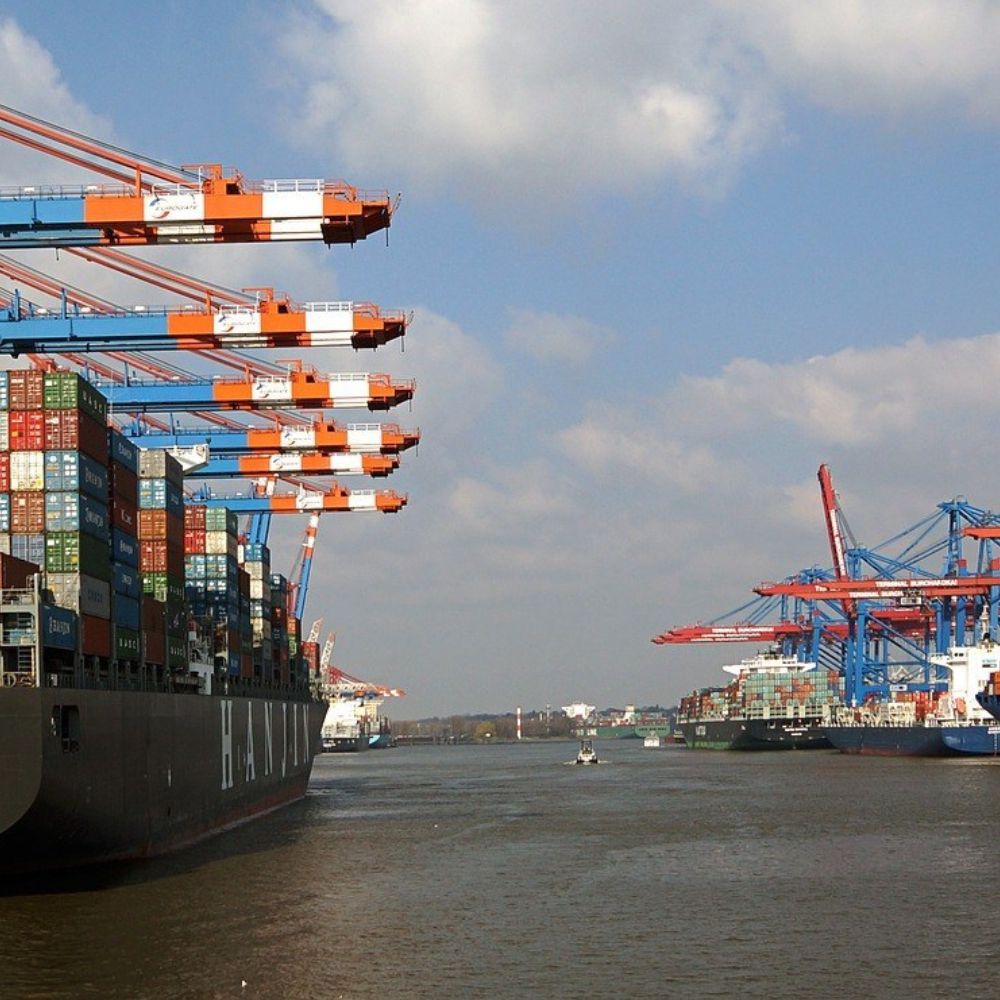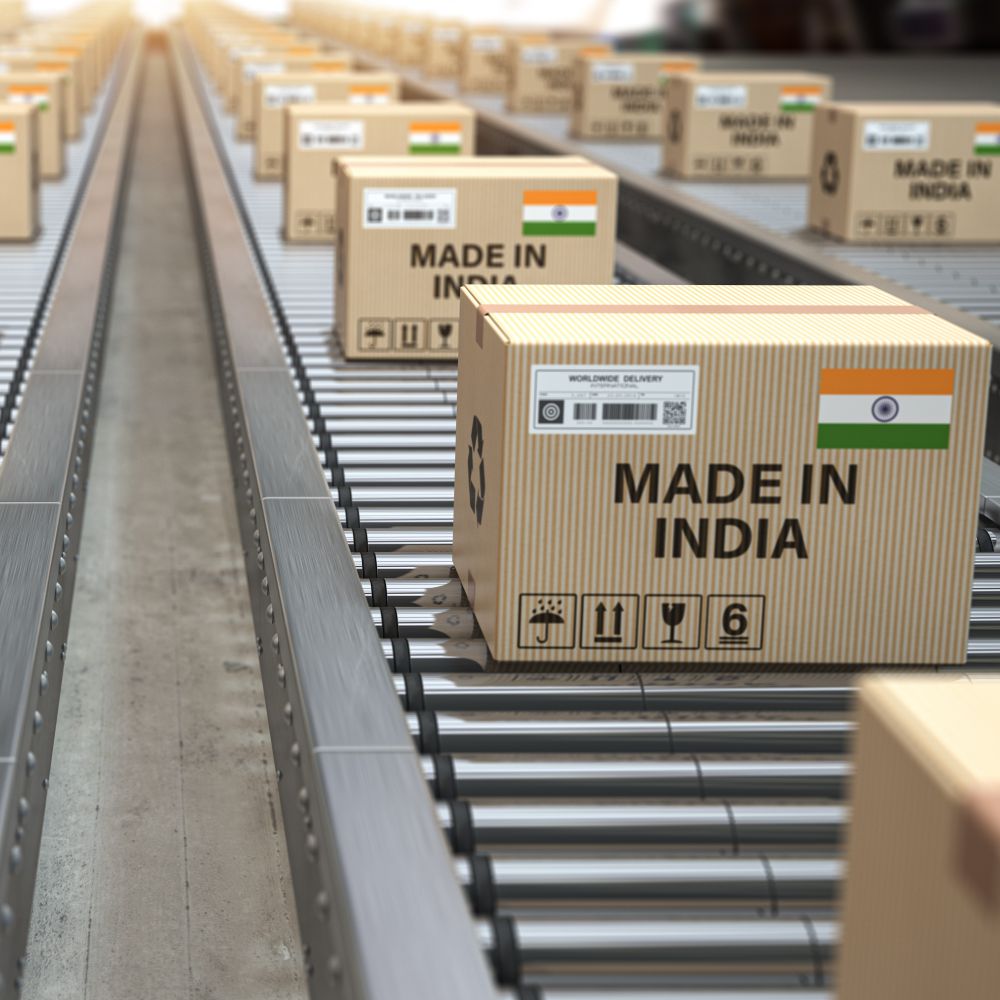PUSH TOWARDS CONSOLIDATION
“GST has created an enabling environment for the market to shift from unorganized multiple warehouses to organized hub and spoke model,” highlights Anshul Singhal, CEO, Embassy Industrial Parks.
It’s been a year of GST. How would you describe the impact currently vis-à-vis what you envisaged a year back?
GST has had a positive impact. The introduction of E-way bill has conveniently accelerated the shift towards organized warehouses with Embassy Industrial Parks being a direct beneficiary of this shift. Since e-way bills are being stabilized, the savings from reduction in travel and turnaround time will increase gradually. Most companies have started consolidating their warehouses, thereby moving towards a hub and spoke model, with a large hub efficiently servicing multiple spokes. Post the introduction of GST, trucks are able to cover longer distances every day with an improved turnaround time ensuring that the transporters can successfully carry out their business with a consolidated fleet. Companies would now need to carry small levels of inventory to support the same level of sales, leading to greater financial savings. The biggest advantage of the GST has been the reduction in inventory. The savings generated due to reduction in overall inventory levels are expected to surpass savings in real estate costs, as a result of consolidation of warehouses.
What are the strategies that you adopted in changing paradigms?
The role of warehouses has increased due to wider product range, emphasis on shorter lead times, and constant changes in customer demand. The emerging new technologies are creating strategic opportunities for organizations to build competitive advantages in various functional areas of management including logistics and supply chain management. Some of the modern innovative concepts like fast track technology, PEB, precast and sustainable technology are few innovations leveraged by our facilities. Our parks will comprise a large group of special amenities such as truck parking, canteens, rest areas, dormitories, business centres, etc., ensuring that each park becomes a self-sustaining business environment. The roof enabled for solar panels will allow firms to enjoy low operational cost, leaving a smaller carbon footprint from their operations. Currently, majority of the warehouses across markets do not follow the norms and procedures for setting up such a park. But, our parks are fully compliant. We follow globally accepted systems, governance and processes. And finally our parks are IGBC compliant parks with focus on environmental sustainability.
How have the infrastructure and real estate sectors especially taken to this path-breaking taxation regime?
GST has created an enabling environment for the market to shift from unorganized multiple warehouses to organized hub and spoke model. Due to which the demand for legal warehouses across all major cities has increased. Additionally, from the supply side there are significant amount of investments that have flown into the sector from major real estate players and global funds. Over years, organized real estate players will grab market share from current unorganized players, and also grab most of the new demand as well.
How further do you see the dynamics changing by the run up to elections?
It is highly unlikely that there will be any major changes to the GST structure leading up to the elections. However, it appears there will be tweaks done by the by the current government to the GST in the run-up to elections with an aim to make it company and compliance friendly.
A THOROUGH RE-LOOK
“The new tax regime has offered an opportunity to re-look many age-old practices be it designing the contract or supply chain dynamics or staffing,” shares Priyajit Ghosh, Partner – Indirect Tax, KPMG.
One year of revolutionary GST implementation… your thoughts on the same…
Ease of tax compliance was a key concern especially amongst the MSMEs owing to proposed multiple returns and lack of familiarities around GST filings. After a year, the concerns appear to be largely addressed through allowing additional time for filing return, introduction of simplified return and frequent awareness campaigns. The teething troubles were anticipated to be far more than the experience. Except the challenges arising from the GST portal, others were quickly handled through a consultative process and postponing some relatively complex areas such as deduction of tax, e-way bill.
Impact on industries in general
Companies had to calibrate their IT system, pricing strategies, supply chain, business processes and even the compliance team set up in the new era. For manufacturers, in absence of welldefined mechanism, anti-profiteering compliance (provisions under the GST law which is aimed at ensuring that benefit arising from the GST is passed on to the consumers) has been a grey area. Removal of state specific peculiarities in tax laws and tax cost on inter-state transactions has led to simplicity in taxation structure and has converted India into one market.
For service providers, requirement to obtain separate registration in each state where they have offices as compared to single registration possible under pre-GST service tax regime has led to marginal increase in compliance. Some of them are now allocated to state authorities while under the service tax regime, they were under the Central Government authority, leading to uncertainty. This may be primarily owing to the fact that state authorities have never dealt with the service providers. For certain industries such as retail and distributors, tax cost came down significantly.
Shape of things to come
Well, on a simplistic analysis, many efforts can be linked up to the run-up to the elections whether lowering of tax rate or simplification of returns, however, this may not be true or complete. From another perspective, such activities would be a natural step towards ensuring a seamless transition and improving an improved tax system.
Requirement of invoice level reporting of GST transactions, at the GST portal by the tax payers, is creating a digital footprint as the goods and services are changing hands. This is creating enormous data points to do smart and large-scale analytics in the second most populous country in the world. The analytics can be deployed by the government for many useful purposes such as improving the tax compliances, predictive analysis around economy, consumption patterns, etc.
Your advice to companies
The new tax regime has offered an opportunity to re-look many age-old practices be it designing the contract or supply chain dynamics or staffing. Further, it has also afforded an opportunity to introduce IT enabled solution at a pan-India level which would result into accuracy, efficiency and quick decision-making capabilities in short to medium run.
SIMPLIFICATION IS THE KEY
“GST 1.0 has been moderately successful. A lot needs to be done in terms of the teething problems in GST 2.0,” informs Sandeep Chatterjee, Senior Manager – Technology Consulting, Deloitte Touche Tohmatsu India LLP.
How has been the impact of GST since the time it was implemented in June 2017?
We have been planning for this for so many years but finally it was decided to implement. Since the nation was not ready (though the deadlines were communicated long back), it was envisaged that the economy will crumble. But though there are teething problems, it was not that bad. Confusion, infrastructure challenges, tax evasion were some of the highlights, but GST 1.0 has more or less driven the intent on what it wanted to achieve. We have definitely seen a simplification of the tax rules, though there is a lot of work which is pending around that. There was a concern about the number of returns being filed to be very high. This has now been reduced to ease out the compliance issues. There were manufacturing-heavy states which were opposing this move as GST is a destination based tax. But one year down the line, these issues seem to have been ironed out. The deferring oft he E-Way bill was definitely a matter of concern as unscrupulous middlemen were making money but the rollout of this has eased the burden to a great extent. In a nutshell, it has not been a great performance but not bad either.
Please comment on how the various companies/industries have evolved in this one year.
The major benefits have been for the trucking industry. Trucks are now covering more distance with lesser stoppages as most of the multilevel taxes are gone. The second is the phenomenon birth of the supply chain function. All these years, the warehousing and distribution was guided by the tax laws in the country. If we had to do business in 29 states, each opened a warehouse in each state in order to reap the tax benefits. Additionally, there were incentives for producing and selling in the same state. With GST, companies have started looking at supply chain network optimization. There are now bigger and efficient warehouses. This has led to the emergence of logistics providers in a big way. In order to receive input credits, every company needs to register. So, more and more companies have come under the gambit of the organized sector. For most of the commodities, with a four-slab tax rate, the overall tax burden has come down. How much of that is being passed to the end customer is still debatable.
How further do you see the dynamics changing by the run-up to elections?
GST 1.0 has been moderately successful. A lot needs to be done in terms of the teething problems in GST 2.0. For example, the input credit for the balances before GST Go-Live (transition credit) has been a point of debate. The rate of compliance stood at 64.6%, which is worrying as this shows the confidence level of the current system. One thing we need to understand that we require a change in mindset. Tax-evasion should not be the norm. Petroleum products have been kept out of the ambit, which can become food for political debate. There are certain litigations, which need to be addressed as well. There have been infrastructural challenges in terms of logging into the network. The need of the hour is to make it more user-friendly.
What would your advice be to companies to make the most of the new taxation?
If we compare the previous system with the current system, there has been a lot of simplification. Tax evasion should not be the norm. The overall tax rates have come down and it is imperative that some of these benefits need to be passed to the end consumer. The cascading effect of the tax structure has been eliminated to a great extent. It is also the right time to look at the entire supply chain network and devise means to optimize it. As more and more companies get registered in the network, there will be more companies under the gamut of organized sector. Organized sector has its own benefits in terms of compliance and labour laws.
What can be the challenges going ahead?
The real challenge for GST will be in 2018-2019, the current financial year. The Central Government expects to earn Rs6,03,900 crore through the tax during the course of the year. This means an average collection of Rs50,325 crore per month. In April 2018, the central GST collected stood at Rs28,797 crore, way short of what was needed to be collected as per the budget.

Categories

Magazine Editions

























